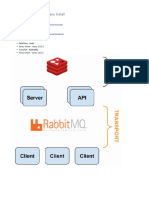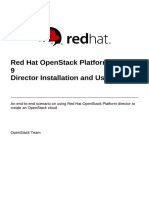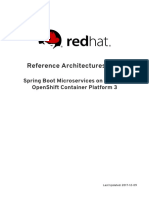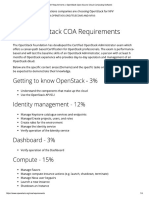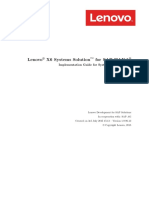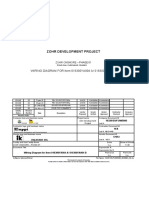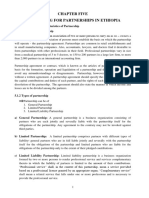0% found this document useful (0 votes)
97 views54 pagesOpenstack Overview
The document provides an introduction and overview of OpenStack including what OpenStack is, what a cloud workload is, the OpenStack upstream project and architecture, and incubating OpenStack projects. It discusses the core OpenStack services including compute, networking, storage, identity management and dashboard.
Uploaded by
hidaeli2001Copyright
© © All Rights Reserved
We take content rights seriously. If you suspect this is your content, claim it here.
Available Formats
Download as PDF, TXT or read online on Scribd
0% found this document useful (0 votes)
97 views54 pagesOpenstack Overview
The document provides an introduction and overview of OpenStack including what OpenStack is, what a cloud workload is, the OpenStack upstream project and architecture, and incubating OpenStack projects. It discusses the core OpenStack services including compute, networking, storage, identity management and dashboard.
Uploaded by
hidaeli2001Copyright
© © All Rights Reserved
We take content rights seriously. If you suspect this is your content, claim it here.
Available Formats
Download as PDF, TXT or read online on Scribd
/ 54








